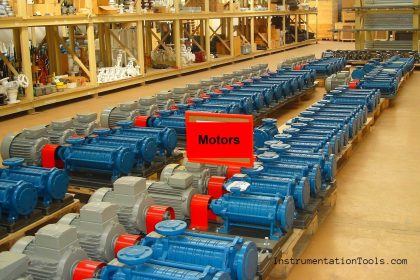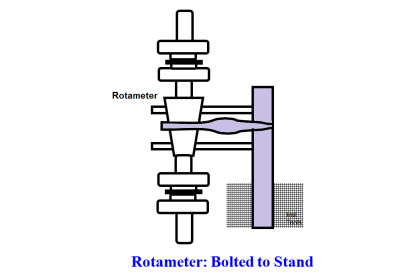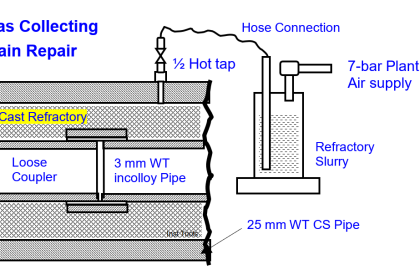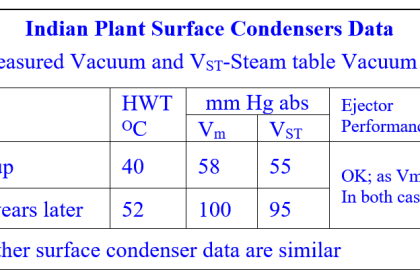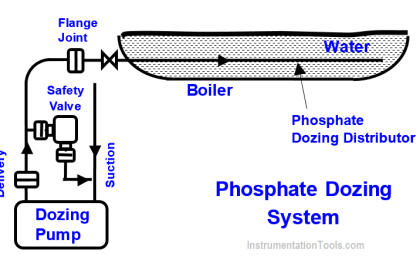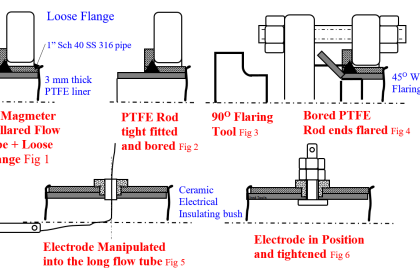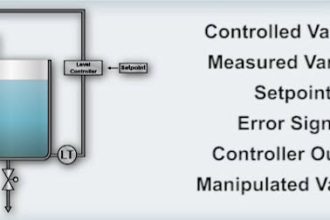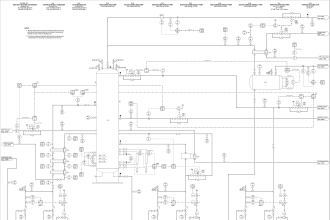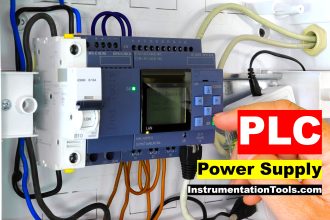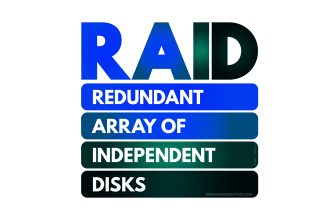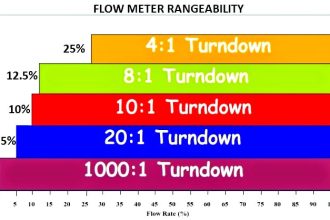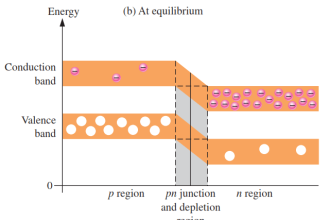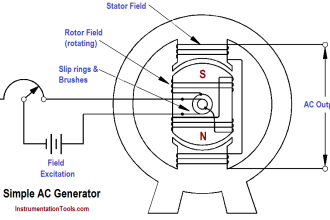At an onshore gas terminal (OGT) On 14-04-2015, at around 22:40 Hrs, heavy rain with the wind was witnessed and later at around 23:06 Lean amine charge pump, 11-P-103A which was running normal suddenly tripped on Axial Displacement High High (11-VAHH 3111A, 1 out of 2 logic).
At the substation, the Rotor lock alarm appeared and the start delay timer got activated for 3000 sec. Immediately at 23:16 hrs, Pump-B (11-P-103B) was started, but it was tripped on overload, and the start delay timer got activated for 3000 sec at the substation.
Later Pump-B start delay timer was reset and it was again started @ 23:55 hrs, and the plant was stabilized. The event caused a production loss of 1 hour.
Amine Pump Trip
A team is formed to identify and perform root cause analysis for the following incidents:
- Sudden tripping of running Pump-A and going to rotor lockout condition
- Tripping of standby Pump-B on overload while starting
- Delay in Second Cold starting of HT motor of the Pump
| Equipment information | Failure information |
| Unit: Gas Sweetening Unit (GSU) Train-1 | Date of Failure: 14/Apr/2015 |
| Service: Lean Amine Service | Time of Failure: 23:06 |
| Equip. Tag No.: 11-P-103 A LA Charge Pump | Failure Category: Operation upset |
| Equip. Tag No.: 11-P-103 A LA Charge Pump | Failure Impacts: Production Loss |
| Equip. Criticality: Critical |

Probable Causes
- Actual and true vibration of the shaft in Pump-A
- Malfunctioning of vibration probes in Pump-A (11-VAHH 3111A)
- In case of Pump-B overload trip is due to sudden higher opening of pump discharge manual valve or recycle valve FCV-1609 or amine feed valve FCV-1201 (to the absorber) while starting of the pump
Observations
Following are the observations after performing relevant mechanical, electrical, and instrumentation checks on Pump-A:
- Pump decoupled and mechanical checks (shaft free rotation, shaft integrity etc) performed and all parameters are found OK
- Pump AOP ran and found OK
- Pump Electrical Motor was found OK
- No loose connections were observed in the Vibration Probe loop
- Rain water droplets found on the joint of Vibration Probe cable and Extension cable but not inside the cable joint
- Blackish foreign paste type material observed on the tip of Vibration probe
Following are the observations on Pump-B:
- On 15/04/2015 Pump-B started and observed all parameters are normal. However a peak flow of 250 M3/Hr was recorded while starting the pump and this caused the overload tripping of the pump
Root Cause Analysis
- Pump-A: From the observations above, it is concluded that this is a case of malfunctioning of Axial Displacement Vibration Probe (11-VAHH 3111A) which caused tripping of the Amine Pump-A
- Pump-B: From the observations above, it is concluded that the Pump-B tripped on over load due to sudden and full opening of discharge valve and full open condition of the Recycle Control valve.
Recommendations
Following are the recommendations to avoid Amine Pumps tripping due to
- malfunctioning of Vibration Probes
- motor overloading during start up
| Equipment | Department | Recommendations | Remarks |
| 11-P-103 A/B | Operations | Revision/modification of existing SOP for Amine Pumps operation | To avoid overload tripping of the motor during start-up |
| 11-P-103 A/B | Instrumentation | Install rain protection casing tube on the Vibration Probes cable loops and seal it with Silicone Sealant | To prevent water ingress into the system during rains and leading to malfunction of probes |
| 11-P-103 A/B | Instrumentation | SMP for Periodic cleaning of the Vibration Probes (as Blackish foreign paste-type material observed on the tip of Vibration probe), Periodic checking of Vibration Probe linearity function, Periodic checking of Digital Output Relay function and replacement if required. | i) To avoid the accumulation of foreign & dirt material into the probes and leading to malfunction of probes ii) Preventive and proactive measure |
| 11-P-103 A/B | Instrumentation | 3 sec Time delay to trip may be considered in consultation with OEM with necessary MOC | To avoid spurious tripping |
| 11-P-103 A/B | Electrical | Thermal lockout settings to be reviewed and Relay vendor may be communicated for resolution | To ensure early availability of the pump motor for startup |
| 11-P-103 A/B | Electrical | Activation of Start delay timer: The maximum number of Hot / Cold Successive starts data of Motor to be obtained from OEM (BHEL) and accordingly parameterization to be done in consultation with Relay Vendor | To ensure early availability of the pump motor for startup |
| 11-P-103 B | Electrical | Locked Rotor Alarm: Review of relay settings | The points to be considered during Relay co-ordination study for optimum settings as per the current operation of motors |
| 11-P-103 B | Mechanical | Check pump rotor and bearings healthiness | To avoid Locked Rotor Alarm |
Documents and Reports
- DCS sequence of events
- DCS Trends
If you liked this article, then please subscribe to our YouTube Channel for Instrumentation, Electrical, PLC, and SCADA video tutorials.
You can also follow us on Facebook and Twitter to receive daily updates.
Read Next:
